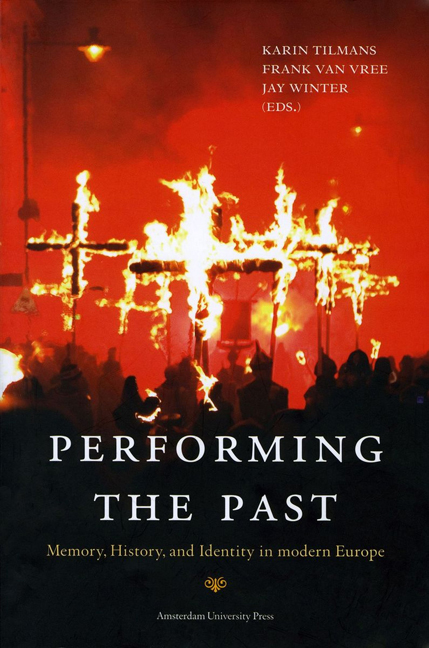Chapter 15 - European Identity and the Politics of Remembrance
Published online by Cambridge University Press: 15 January 2021
Summary
Many authors have noticed the symbolic deficit that affects the European institutions. European citizens do not feel attached to them. For some this is the inevitable result of a process of integration that is the spill-over effect of economic integration, while for others it is the consequence of the quasi-supranational character of the European Union. The current European context is a very interesting case for the study of memory building, both because it is characterized by a complex process of pooling and sharing of sovereignty between nation-states and supranational institutions and because it is a process in fieri. The European construction is more than very complex; ultimately, we do not know where it will lead us.
While some authors accept as a fact the symbolic deficit of European institutions, others seek to find a remedy for it, or at least a deeper understanding of its nature. According to some of them, given the bloody nature of its past, Europe could only build its symbolic reservoir in other dimensions. By looking at its present and its future, some have proposed a cultural policy focusing on symbols such as Europe's flag or its anthem. In this view, those symbols represent the ideal medium for a process of identity building among citizens alien to each other such as the European citizens. By looking at the mythical time, others have pointed to figures such as Beethoven or Napoleon, or the eponymous Greek heroine ‘Europa’ who was raped by the bull, as possible symbolic sources for the European identity.
This also seems to be the road taken by the European institutions themselves. For instance, an analysis of the history of the website of the European Union reveals that since 2002 there has been a clear intention to emphasize the importance of what are defined as the ‘symbols of the European Union’, namely the flag, the anthem, and 9 May, Europe Day. From 1997 until 2002, the website of the European Union was quite limited and contained no mention of the symbolic dimension of European integration. Even the history of the European institutions was presented by using only a minimal yearly chronology.
- Type
- Chapter
- Information
- Performing the PastMemory, History, and Identity in Modern Europe, pp. 335 - 360Publisher: Amsterdam University PressPrint publication year: 2012

